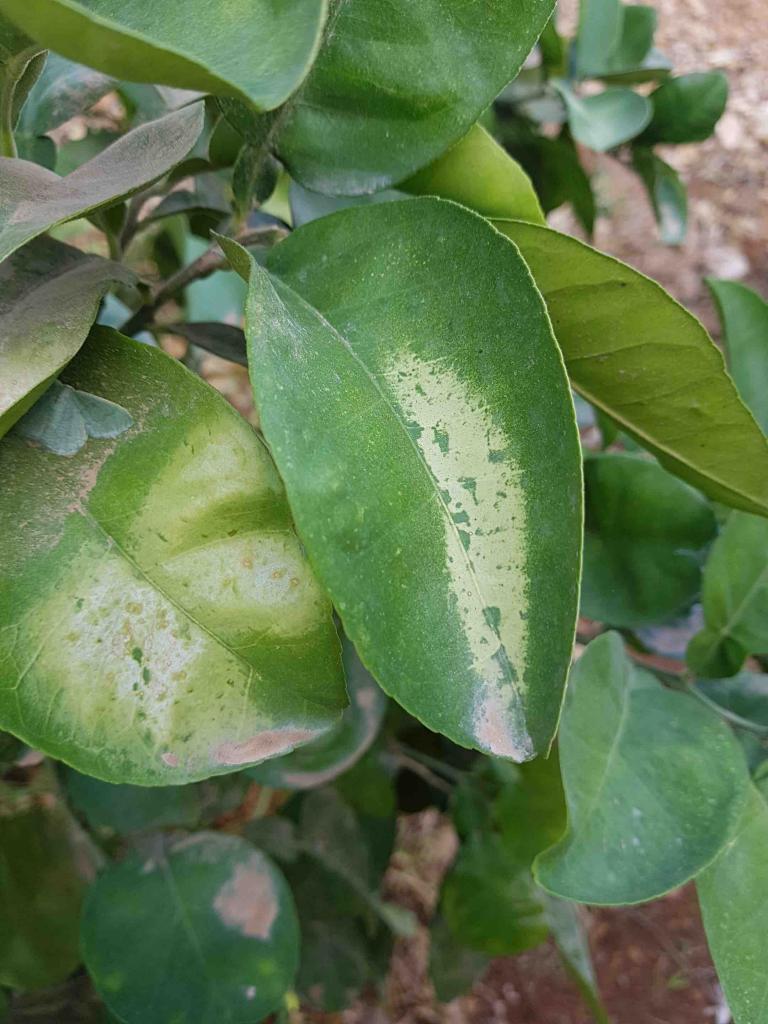kerusakan kultur jaringan
On fruits: Sunscald occurs on the sides exposed to direct sunlight and leads to a sudden rise of fruits’ internal temperature which causes tissue damage. It first appears as a wrinkled area that can be soft and lighter in color than surrounding tissue. This area later turns white and paper-like. The affected area often turns black due to the colonization of fungi that live on dead tissue. Fruit near maturity are more sensitive to sunscald injury than immature fruits.
In vegetables, symptoms are similar in appearance to those of blossom-end rot, but they appear on the surfaces exposed to direct sunlight. In citrus crops, symptoms are similar in appearance to those of rust mites.
On bark: Citrus, mango, avocado, lychee, nectarine, apples, fig, and many more are considered susceptible. Their bark, branches, and stems are easily injured and die from exposure to direct intense sunlight. Symptoms usually include cracking of bark, splitting of the stem, and burned and scorched like branches.
On leaves: Unusually large areas of light to white colored pigment appear and sometimes scorched and dried leaves.
Sunscald refers to a condition that occurs when plants are exposed to intense heat stress such as direct sunlight. Some plant species are more susceptible than others, but broadly speaking, the most affected parts are the leaves, stems, bark, and fruits.
Pencegahan : mengurangi intensitas sinar matahari mengenai tanaman secara langsung.
Ketika kondisi lingkungan memasuki musim kemarau, lakukan pemupukan dan pengairan yang tepat untuk mendorong pertumbuhan daun.
Jika memungkinkan, tutup tanaman dengan paranet.
Di area kebun, untuk mengurangi intensitas cahaya matahari secara langsung bisa dilakukan pengecatan batang dengan warna putih atau pembungkusan batang.
*Names marked in red are considered to be highly poisonous to beneficial insects.
*Names marked in green are considered to be organic and IPM (integrated pest management) compatible.
Image Gallery


